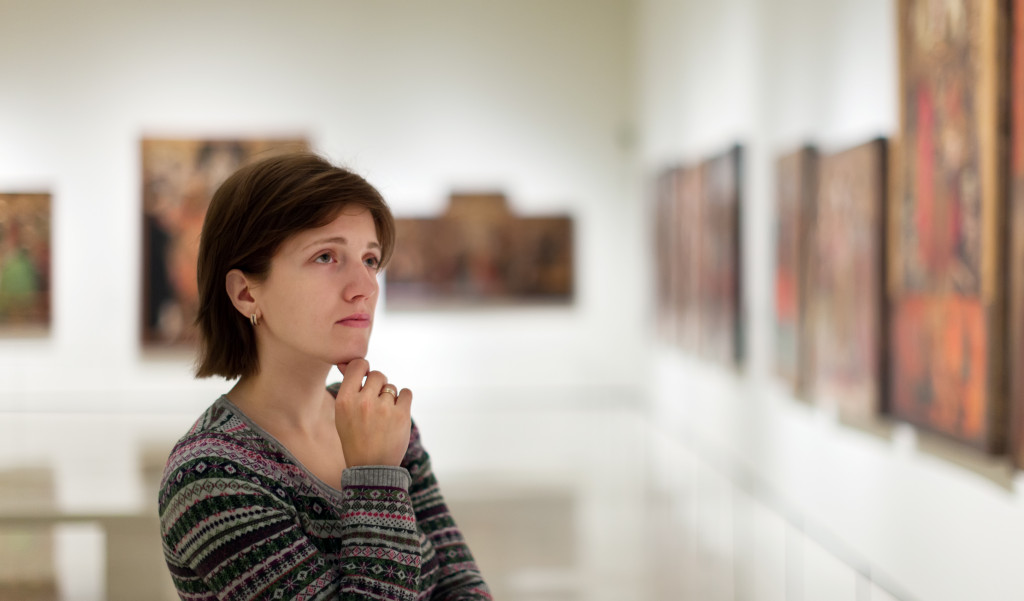It’s frustrating how artists don’t get the credit they deserve when almost everything we encounter in life has art in it. From advertisements to smartphone designs, artists played a role. Thankfully, organizations that build communities never forget the importance of art, especially in their missions.
Before diving into the role of art in community development, it’s important to note that art comes in various forms. They’re not just paintings, illustrations, and graffiti. Art is also a well-designed space, music, films, and other types of media. Therefore, an artist can also write stories, sing, dance, act, or design incredible buildings. Yes, architects are artistic individuals, too.
That’s why almost everything we encounter in life is a form of art. If artists disappeared from the world, we’d be as good as seeing black and white. We can’t form friendships based on our love for a particular movie, TV show, or band. Children cannot draw on the walls or play stimulating games.
Hence, if we want to connect people and create a more united world, we should use the power of art. Below are the ways art helps develop communities:
Art Helps Children Connect
Since we first encountered art in our childhood, our little artistic endeavors were probably how we learned to interact with other kids. Be it in class or a workshop, creating art encourages conversations, helping kids connect. Even the simple act of sharing a crayon or peeking at someone’s work can already forge a connection. It shows that art makes us conscious of our surroundings.
What’s more, art doesn’t choose a race, age, gender, color, ethnicity, or religion. Anyone can create art without feeling judged because of their background. And if children learn this early on, they’ll never grow up with biases or stereotypes. With art uniting them with people outside their bubble, they’d understand from a young age that different backgrounds shouldn’t divide people.
Art Allows People to Get in Touch with Their Heritage and Culture
Participating in your community’s art projects can let you get in touch with your heritage and culture. This is especially true if you grew up away from your family’s roots. With little to no experience in your place of origin, only art can help you appreciate your roots.
As a result, your art project can give you a sense of community identity. You’d discover a place where you belong, with people you can relate with. You can also use your own art style to express how you see your hometown or province. If your family originally came from a coastal region, for example, you can use tropical art to remind yourself of where you’ve come from and its beauty.

Art Therapy is Effective in Treating Psychological Disorders
Art therapy is recognized as a legitimate form of treatment for various psychological disorders, including PTSD and depression. Patients can join support groups in which they can commune through art. Their endeavors can include doodling and scribbling, making collages, painting, dancing, or working with clay.
Clients who have experienced trauma, violence, abuse, anxiety, depression, and other stressful events can benefit from expressing themselves creatively. They can show what they can’t put into words, helping them communicate with their therapists and support groupmates. Art therapy can help treat other diseases as well, like cancer and age-related issues. It makes patients feel less alone and develops their sense of purpose.
Art Can Benefit Struggling Communities
Businesses that want to embark on charitable acts can help artists from struggling communities. They can use their art for their products, like clothes, paintings, and other personal items. In doing so, they help feed artists’ families and develop their communities. In addition to buying their artists’ works, the businesses can also donate a portion of their sales to those communities. That way, customers can learn about struggling communities and make contributions for them.
Artfully-designed Places Give People a Place to Gather
Common areas in apartment complexes, neighborhoods, and condominium buildings are there to build a community. They allow kids to play together and teens and adults to form friendships. The place’s design matters; if there are many comfortable seating spaces, for example, people will be eager to use them to gather.
Artfully-designed places also make ideal venues for events, like festivals, workshops, or religious activities. As such, they also gather memories apart from people, earning them a sentimental value, like a school you graduated from.
We have art to be grateful for whenever we feel appreciative of our social circles and other connections. From now on, let’s give artists more credit for everything they do to help us build communities and make life more beautiful.


